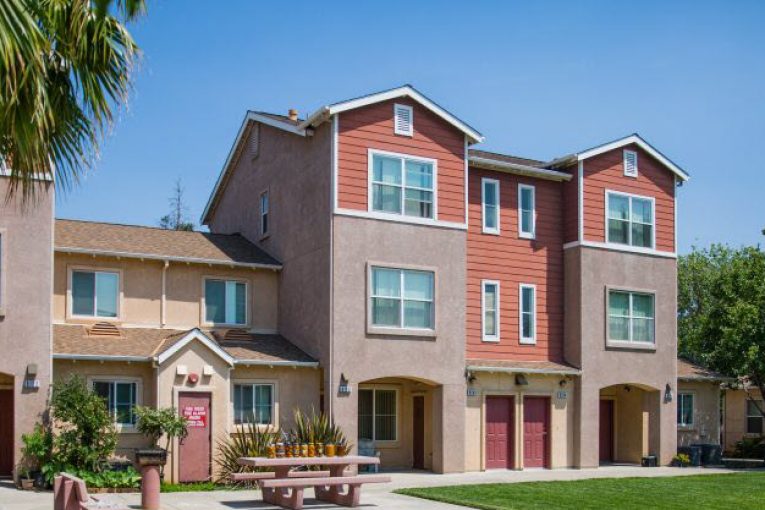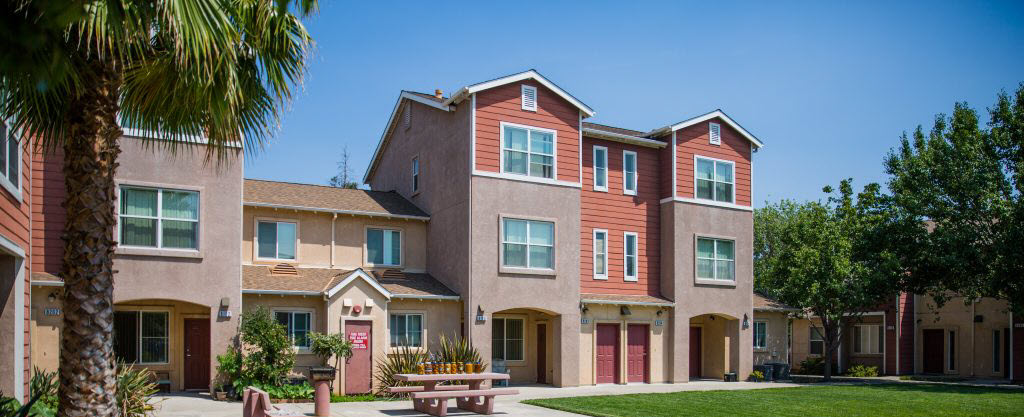

By David M. Greenwald
Executive Editor
In recent years, cities like Davis have greatly reduced their affordable housing requirements in part due to the loss of RDA (Redevelopment Agency) money. However, a recent article in the LA Magazine by Harrison Walker argues, “California cities have more funding than ever for affordable housing projects, but they still can’t keep up with demand for new homes…”
If true, California needs to re-think how it approaches housing shortfalls.
“But despite the near perfect storm of California’s housing shortage—a fast-growing economy, urban density, and a rapidly growing homeless population—many experts still believe that there are various solutions to mitigate the massive shortage of homes while maintaining economic diversity in major cities,” he writes.
Instead, the problem is that while “California’s cities have received more funding than ever for affordable housing projects, many are struggling to get those projects off the ground fast enough to keep pace with demand.”
He cites a report that Oakland, for example, has seen $322 million from the state since 2020 and has leveraged about $1.8 billion. Meanwhile, San Francisco received $449 million in state funds.
So, what is the problem?
For one thing that money sounds like a lot of money for affordable housing, but when the cost to build one unit is around $1 million, even $1.8 billion is only about 1800 units. That’s fine for a city like Davis, but not for larger cities.
But, of course, that’s not the end of the story. How the money actually gets distributed seems problematic.
For one thing, “California’s cities rely on highly competitive state and federal funds, such as the Community Development Block Grant Program, which awards housing grants annually. Otherwise, grants can be allocated by the governor and state legislature for certain housing projects that demonstrate how they will benefit their community.”
While the state has set aside hundreds of millions for similar problems (keep remembering the math here), the process pits “cities against one another as they compete for cash.”
Walker writes, “With money coming from all over the place and the amount of funding that cities receive each year not guaranteed, it is increasingly difficult for California’s urban centers to set out long-term housing plans. “
So accessing this money is a problem and the multitude of funding sources means it is not only time consuming but also expensive to propose affordable housing projects.
There has been some effort to consolidate fundings sources, but AB 2305, which proposed to do exactly that, failed to pass the state senate.
Then there is AB 2011, which “seeks to simplify the process of relocating affordable housing developments into commercial and retail spaces.”
According to Matt Swartz, CEO and president of the California Housing Partnership, the bill “would set aside 5% of general fund revenues each year to use to combat homelessness and for permanent affordable housing,” allowing developers to move forward with projects “without the uncertainty and the ‘stop and start’ nature of what exists today.”
But there are more problems as well, including the problem of gentrification.
Ryan Finnigan, of Berkeley’s Terner Center, believes that new housing projects have to be “paired with strong tenant protections so that residents with lower incomes are not displaced as higher income renters move in.”
Some have favored affordable housing projects as a solution to that problem, but Finnigan makes the point that “new housing must include a wide range of price levels in order for cities to effectively combat gentrification and maintain economic diversity.
“The presence of market-rate housing actually stops displacement, because higher income folks would move to these vulnerable neighborhoods whether or not there’s new construction,” Berkeley Lecturer David Garcia said in one interview.
Still, affordable housing is critical. The report notes, “Affordable housing projects are particularly important in places like Oakland where 60 percent of the city’s residents live in rental units.”
That nearly applies to Davis as well if you are wondering—primarily because of students.
“That is the legacy of segregation and everyone is going to have their share of an economically diverse city,” said Shola Olatoye, Oakland’s Housing Director. “East and West Oakland were the target of decades-long segregationist housing practices. Now we have an opportunity to both redress those practices and more equitably distribute housing throughout the city.”
Money is clearly an issue. None of the quantities discussed in the article are going to make a true dent in affordable housing. But the article is not wrong on its broader point that getting money to communities is a critical problem.
Still, if cities are set to block new housing projects or have onerous requirements, no amount of money is going to solve the problem.







“Still, if cities are set to block new housing projects or have onerous requirements, no amount of money is going to solve the problem.”
In yet another tiresome and hypocritical article you lament the consequences of the policies you support.
I was just pointing out the obvious. Most of the article didn’t pertain to that issue.
The US Treasury has just said that it’s going to help state and local governments with building and maintaining affordable housing by giving some of it’s American Rescue Plan Act $350 BILLION fund. The Treasury wants state and local government to use the money under Local Fiscal Recovery Fund (part of the ARPA fund). Funds can be used to help develop, repair or maintain housing that is deemed affordable for the next 20 years for households below 65% of the median income.
Starting to get to real money
This is how California planned to use State and Local Fiscal Recovery Funds in 2021.
I believe now state and local government can even more directly access funds for affordable housing development under the 20 year under 65% median income conditions.
I realize University of California is an autonomous public corporation that holds official title to UC lands, but perhaps UC-owned property could be used for this purpose. It would require, I’d imagine, unprecedented levels of planning cooperation between UCD, the city of Davis, and the state and county.
I would like to see the County use that money to build Affordable housing adjacent to the Cities of Yolo County. It makes sense to use money going to the County to build close to existing communities because of the shorter commute distances residents would need to travel to work or school. In Davis, that might mean building outside the City but inside the DJUSD boundaries to attract families with children into the district.